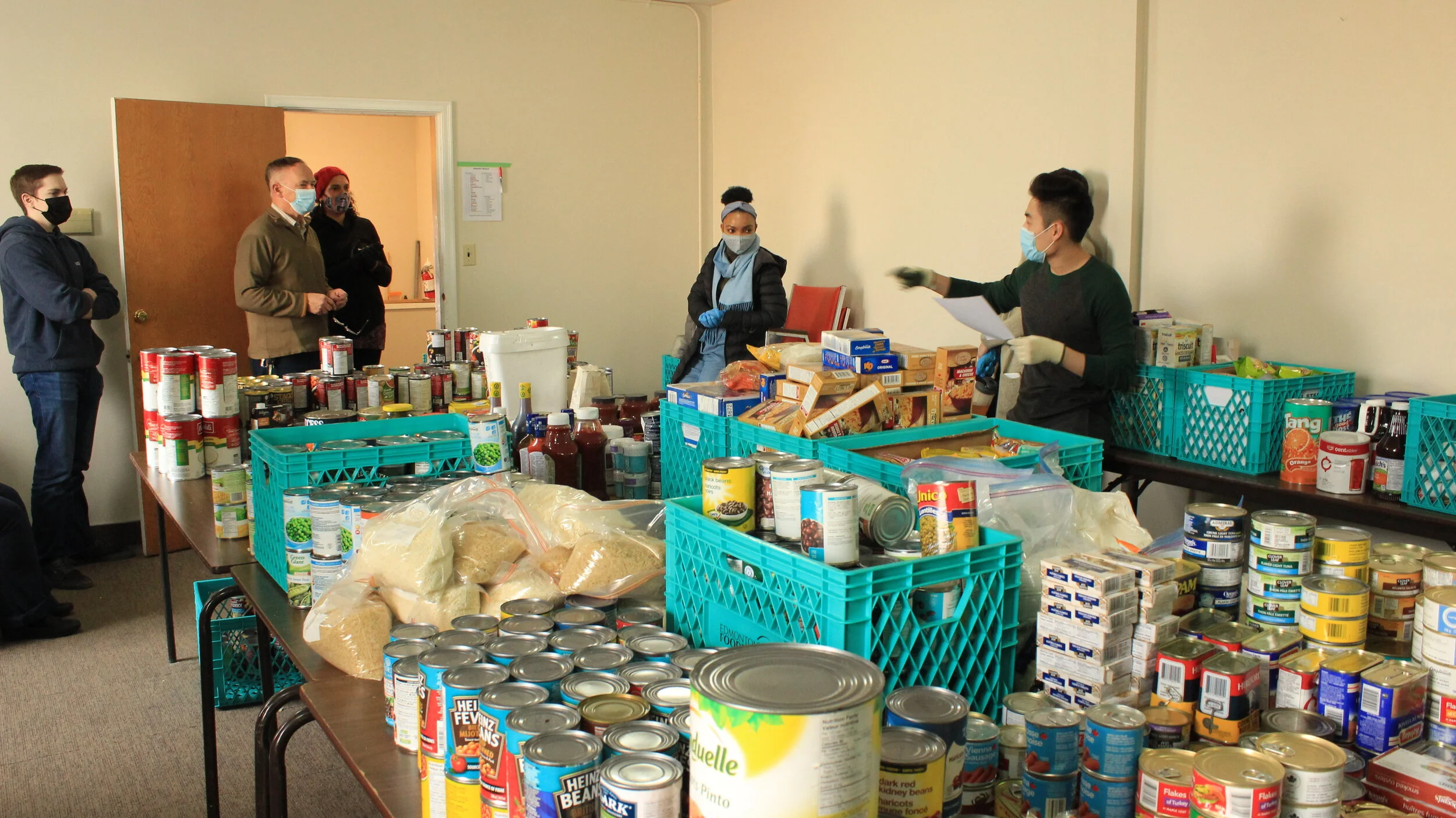Intersections Youth:
Arts-Based Pathways to Meeting Youth Legal Needs
Intersections of Identity: Arts-Based Pathways to Meeting Youth Legal Needs is a two-year initiative (Nov 2024 – Oct 2026) exploring the legal needs and lived experiences of young people in Alberta who are aging out of the child welfare system or experiencing homelessness—particularly Indigenous and 2STQLGBIA+ youth. Using arts-based methods such as beading workshops, digital storytelling, zines, podcasts, and film, the project created safe, creative spaces for youth to express their experiences and advocate for systemic change.
Too often, young people are left out of conversations that directly shape their futures—whether in housing, education, policing, or access to justice and care. Many face systemic barriers that limit their ability to seek help, find stability, or be heard.
Intersections Youth responds to this gap by centering youth voices and creativity in understanding and addressing these barriers. The project used art not just as expression, but as a vehicle for truth-telling, healing, and advocacy—transforming lived experience into policy insight and social change.
Our Goals
Understand and document the legal and systemic challenges faced by youth who are unhoused or aging out of care.
Engage youth as co-creators, building strategies to address barriers and influence change.
Develop creative outputs to share findings widely.
Empower youth to use their voices in policy and advocacy spaces.
Raise public awareness about the realities and resilience of marginalized youth populations.
Our Approach
From May to December 2024, youth aged 15–28 across Edmonton, Wetaskiwin, and Grande Prairie participated in beading circles and guided dialogues exploring the intersections of identity, justice, and belonging.
In Grande Prairie, sessions were hosted at Sunrise Youth Shelter and facilitated by artist Fran Rogers, inspiring further gatherings across Alberta.
In Wetaskiwin, workshops took place at The Rock Soup Greenhouse and Food Bank, an innovative space rooted in food security and dignity. The workshops were facilitated by artist Carla Rae Taylor.
In Edmonton, youth collaborated with Nekem, a grassroots initiative focused on resilience, purpose, and mutual support. These workshops were also facilitated by Carla Rae Taylor.
In the summer of 2025, our team joined community events across Calgary, Grande Prairie, Edmonton, and Wetaskiwin to connect with youth, share what we had learned so far, and gather their feedback to make sure our research truly reflected their realities.
These sessions became spaces of community, reflection, and creation, where young people could speak openly about experiences of poverty, racism, housing insecurity, and justice system interactions. Their words and artworks form the foundation of the project’s research and creative outputs.
What We Created
Through collaboration between youth, artists, and researchers, the project produced:
A comprehensive research report amplifying youth perspectives on legal needs and systemic barriers.
A digital zine, podcast, and documentary sharing youth-led stories, art, and advocacy.
A youth legal resource map to connect young people across Alberta to accessible legal support.
These outputs aim to bridge art, education, and policy.
This work is rooted in community and collaboration. We extend our heartfelt thanks to the young people who shared their stories with courage, creativity, and honesty. Their openness reminds us that discomfort is often the catalyst for growth and that youth are at the heart of transformative change.
We are deeply grateful to our funders—Department of Canadian Heritage, Alberta Law Foundation, and Johansen Larsen Foundation—for making this project possible, and to the artists, community partners, and JHC team members who continue to nurture this work.

